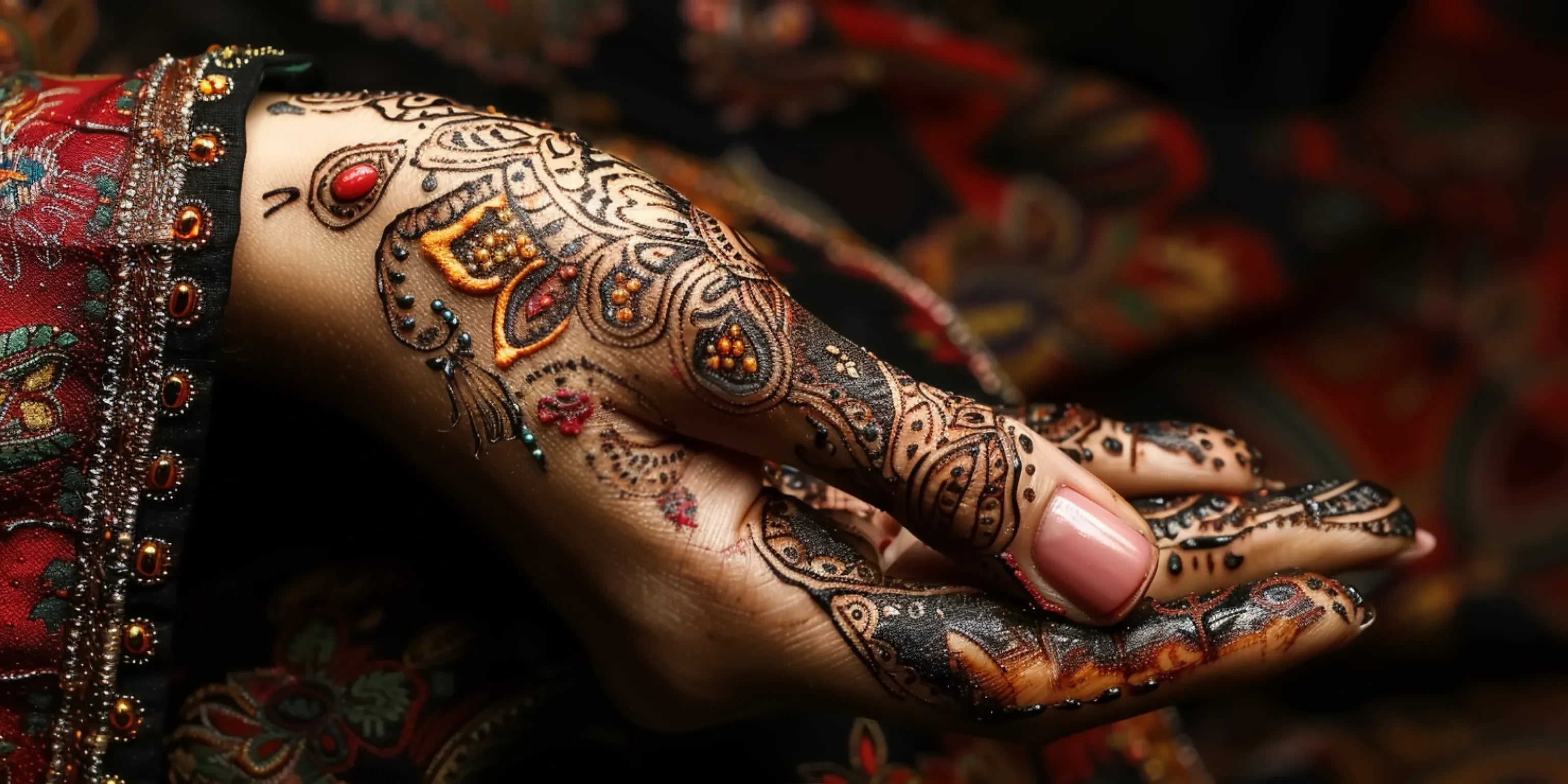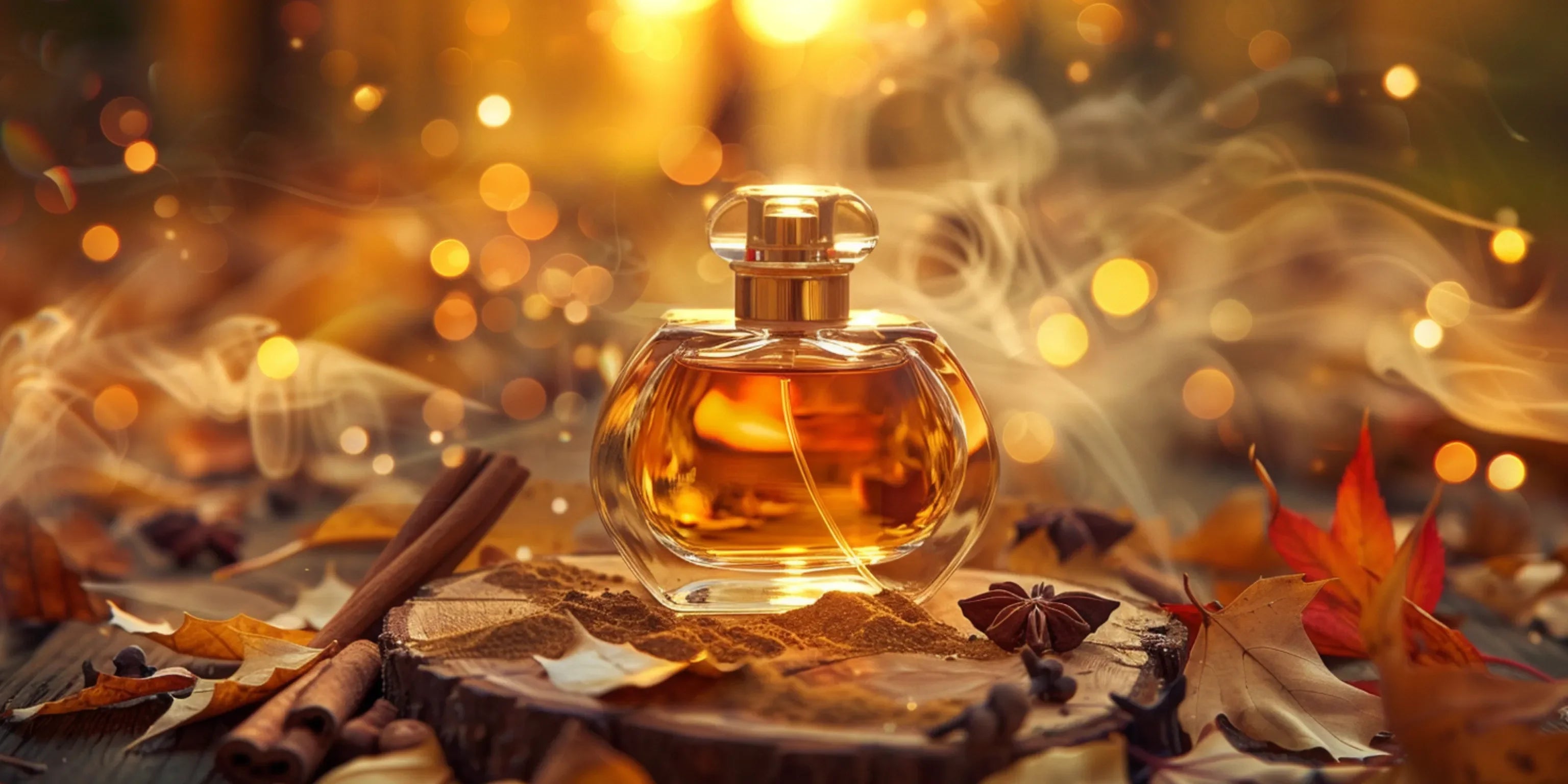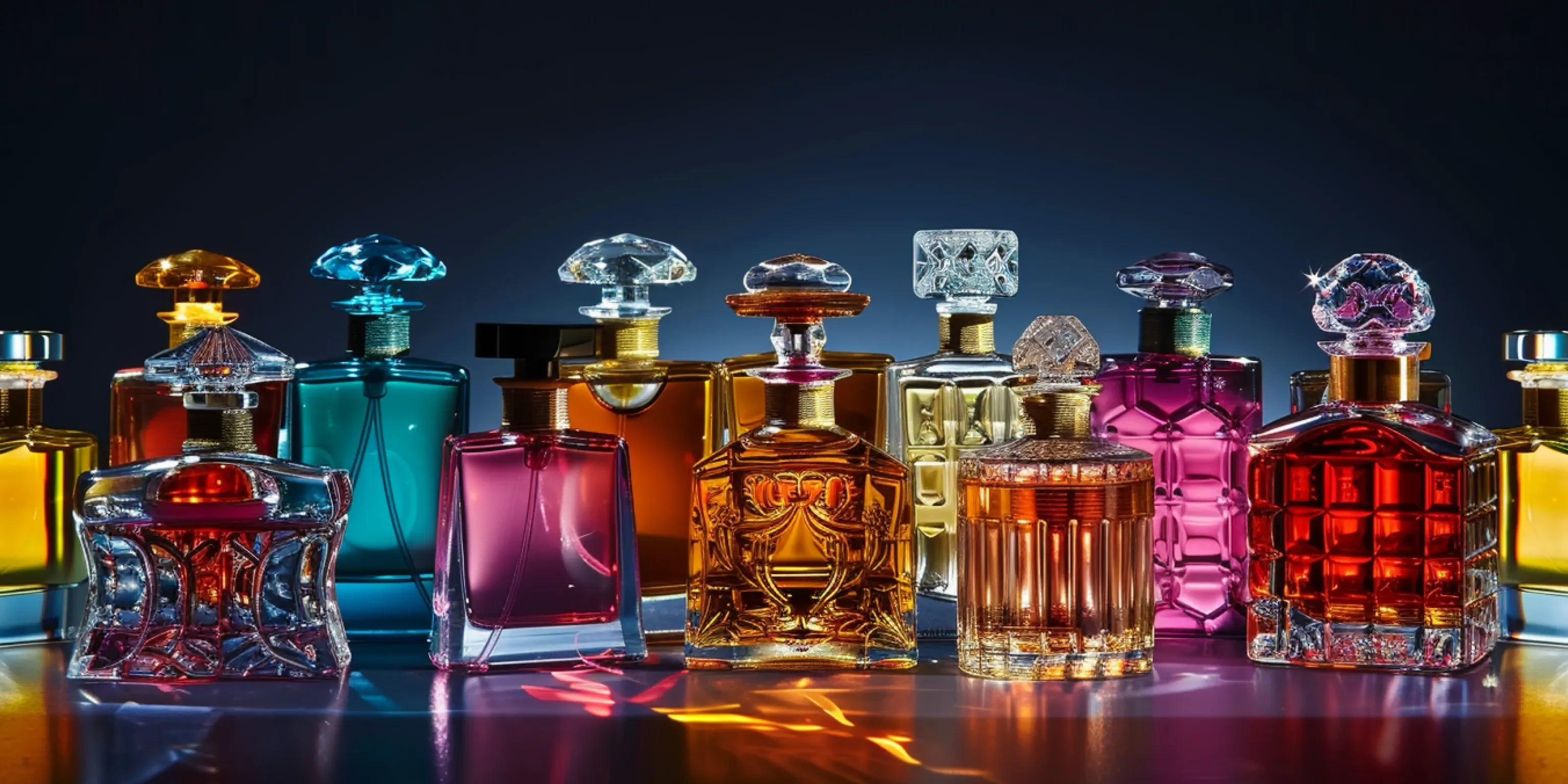
Artful henna: Tips, recipes & tattoo designs
For thousands of years, henna has fascinated people with its versatile uses and deep cultural significance. Whether used for intricate body art, natural hair coloring, or medicinal purposes – henna is far more than just a powdered plant. In this article, we explore the origins, applications, and fascinating properties of this natural wonder.
What Exactly Is Henna?
Henna is derived from the henna plant (Lawsonia inermis), which grows in hot, arid regions such as North Africa, the Middle East, and South Asia. The green leaves are dried and ground into a fine powder. The dye molecule in henna is called lawsone – it oxidizes upon contact with the skin to produce a reddish-brown tint. Depending on skin type, environment, and application, the color can range from light orange to deep mahogany.
Henna as a Cultural Symbol: Traditions and Rituals
In Arab, Indian, and North African cultures, henna is deeply rooted in social and religious ceremonies. One of the most famous traditions is Mehndi – the artistic decoration of hands and feet, especially during weddings. These intricate designs symbolize joy, love, and protection.
Henna is also used by men, often to dye hair or beards. In many Islamic cultures, applying henna is seen as a form of purification and personal care – in harmony with spiritual values.
How Does Henna Work on the Skin?
When applied, lawsone binds to the keratin in the skin and oxidizes to reveal its color. The stain deepens over the first few hours – changing from orange to deep reddish-brown. Typically, the stain lasts between 7 and 21 days, depending on the location on the body, aftercare, and how often the area is washed.
The Art of Henna Design
Traditionally, the paste is applied using hand-rolled cones or fine-tipped applicators. Beginners may prefer pre-mixed henna paste in tubes for ease of use. Clean, oil-free, and dry skin is essential for optimal color absorption.
Henna in Hair Care: Naturally Beautiful Color
Henna is a natural and healthy alternative to chemical hair dyes. It tints gray hair a reddish hue and gives darker hair rich tones ranging from copper to chestnut or mahogany. Pure henna is not ideal for blonde hair, as it can result in overly bright orange or carrot-red shades.
How to Color Hair Properly with Henna
- Use only fresh, aromatic henna powder
- Mix with warm water and optionally lemon juice to form a smooth paste
- Add a bit of xanthan gum or honey for better texture
- Let the mixture rest for 1–2 hours before applying generously
- Leave in for 2 to 4 hours, depending on desired intensity
- Rinse thoroughly with water – avoid shampoo immediately after
What About Herbal Hair Dyes?
Many modern “henna dyes” are blends of henna and other plants such as indigo, cassia, or amla. These combinations offer a wide spectrum of natural shades – from vibrant red to deep black – without the use of synthetic chemicals. For strong gray coverage, the two-step method is recommended: first henna, then indigo.
Healing Properties and Cooling Effects
In traditional medicine, henna is considered cooling and hydrating. In India, it’s applied to the soles of the feet and palms during fevers or heatwaves. It’s also used for skin irritations, minor inflammation, or as after-sun care.
Quality Matters
High-quality henna is recognizable by its fresh, olive-green color and earthy scent. Old or adulterated powders may trigger allergic reactions. Avoid “black henna” products containing PPD – they can pose serious health risks.
Conclusion
Henna embodies beauty, tradition, and natural care in one remarkable plant. Whether as temporary body art, natural hair dye, or soothing skin treatment – henna remains a timeless gift from nature, full of color, symbolism, and benefits.


